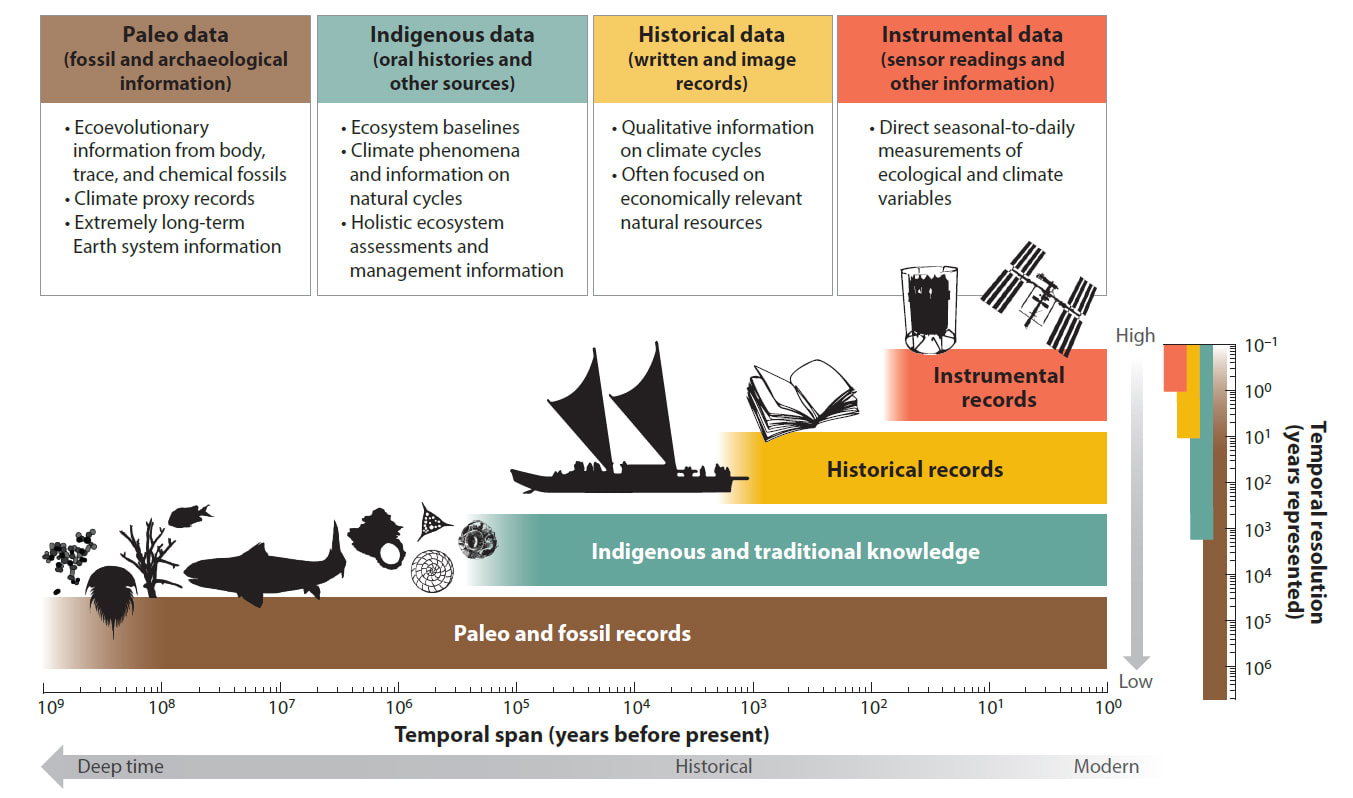|
How are fossil records used to understand current extinction risk and inform conservation decisions at local to global scales? In our review (available early online here), Seth Finnegan, Rowan Lockwood, Heike Lotze, Loren McClenachan, Sara Kahanamoku, and I provide an overview of the ecological and environmental information available in the fossil record and the application of recent and deep time fossil records in species risk assessment and conservation.
Finnegan, S., P.G. Harnik, R. Lockwood, H.K. Lotze, L. McClenachan, and S.S. Kahanamoku. In press. Using the fossil record to understand extinction risk and inform marine conservation in a changing world. Annual Review of Marine Science 16. https://doi.org/10.1146/annurev-marine-021723-095235 Comments are closed.
|
Proudly powered by Weebly
